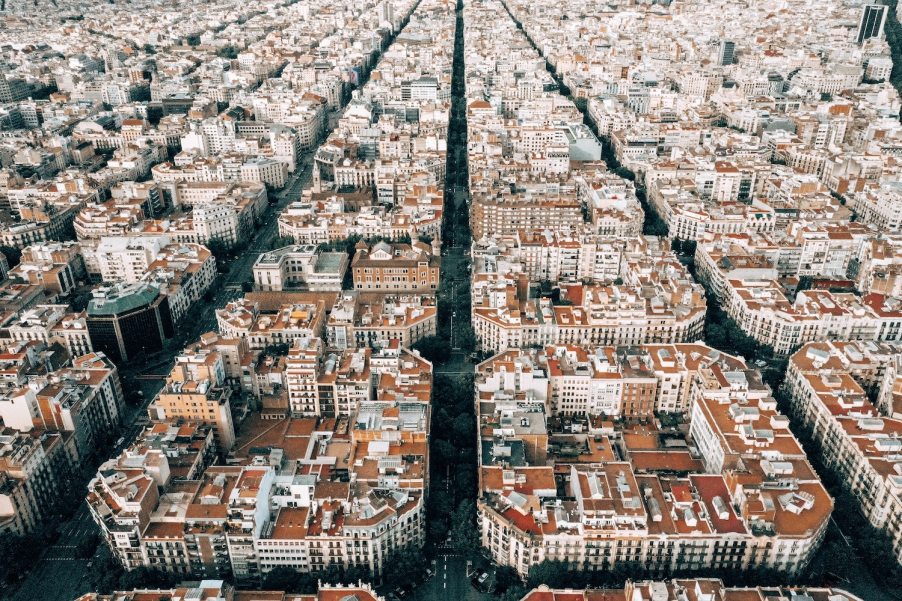
Could Organizing Cities Into “Super Blocks” Save Driving?
Amidst complaints of noise and pollution, several cities have proposed designs completely free of cars. There are even entire countries considering a combustion ban. But other places, such as Barcelona, are moving to a “super block” structure instead. Super blocks include several city blocks. They have high-speed roads around their perimeter. At their center, they have slower streets, one-way streets, or even pedestrian-only streets. Organizing cities into super blocks just may protect driving as we know it.
Is driving a right?
Problems such as noise pollution and air pollution are forcing societies to reexamine many aspects of daily life. Driving as we know it is in jeopardy. Many countries are considering combustion bans and several cities are looking to go carfree entirely. Driving isn’t a right, but a privilege car enthusiast must lobby to protect.

Back in the summer of 2021, the European Union proposed an outright combustion ban going into effect in 2035. The suggestion drew criticism from manufacturers such as Lamborghini and Itailian officials who claim bespoke supercars are too “niche” to have significant environmental impact.
But the tide towards change is strong: all-in-all 20 foreign countries and 12 U.S. states have proposed eventual bans on the manufacture of combustion vehicles.
Cities such as Paris are banning through-traffic, and soon. The Paris car ban goes into effect in 2024. But it only applies to “non-essential thru traffic” in the city center. Vehicles will still be able to enter and exit the city center if it is their final destination.
Other partially car-free cities could include Nuremberg, Heidelberg, Ghent and the newly designed Masdar City in the United Arab Emirates as well as Great City in China.
What is a city super block?
A super block is a section of a city, larger than a block, with limited vehicular access to its interior. This design often coincides with increased pedestrian walkways or green spaces.

One example of super blocks are Barcelona’s super-illes. The city still benefits from a very forward-looking 1850s redesign and is mostly laid out in a perfect grid. Over the years, Barcelona city planners have converted 3×3 super blocks, establishing large thoroughfares on their perimeter and converting their interior streets into one-ways or pedestrian lanes.
If you try to drive into a Barcelona super-illes, you’ll find cleverly-designed one-way streets force you to make several turns that dump you back out of the block on the same side you entered. This system allows residents to drive to their homes and delivery trucks to drive to businesses–but prevents through-traffic from blasting through the super-illes.
How do super blocks protect driving?
Super blocks can make drives less than 400 meters in cities difficult. But when designed properly they can actually make it easier to drive longer distances in cities–and save you a lot of time finding parking.

Barcelona’s super-illes are all bordered by major, two-way thoroughfares. Pedestrian crosswalks are a short distance up the side streets, leaving ample room for multiple car lanes and a wide bike lane. In addition, Barcelona is working on huge, underground parking garages at the corner of its super blocks.
What does all of this mean? Those traveling by car have a clear shot across town. They can also find parking within a couple blocks of any possible destination.
Next, read about a plug-in hybrid vehicle requirement as a potential as an alternative to the combustion ban or watch Vox’s deep dive into Barcelona’s super-illes in the video below:



